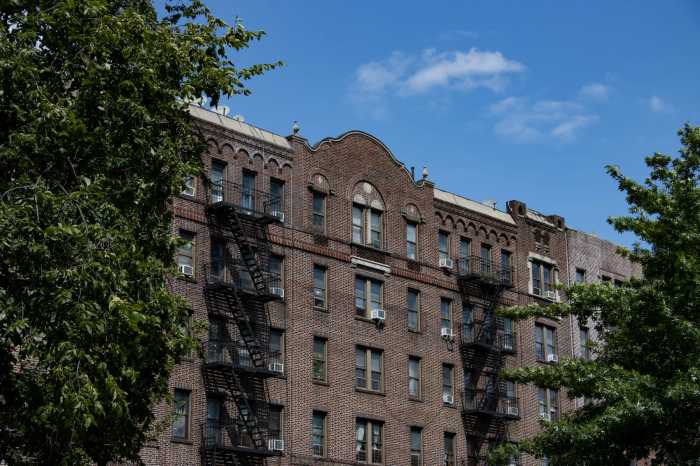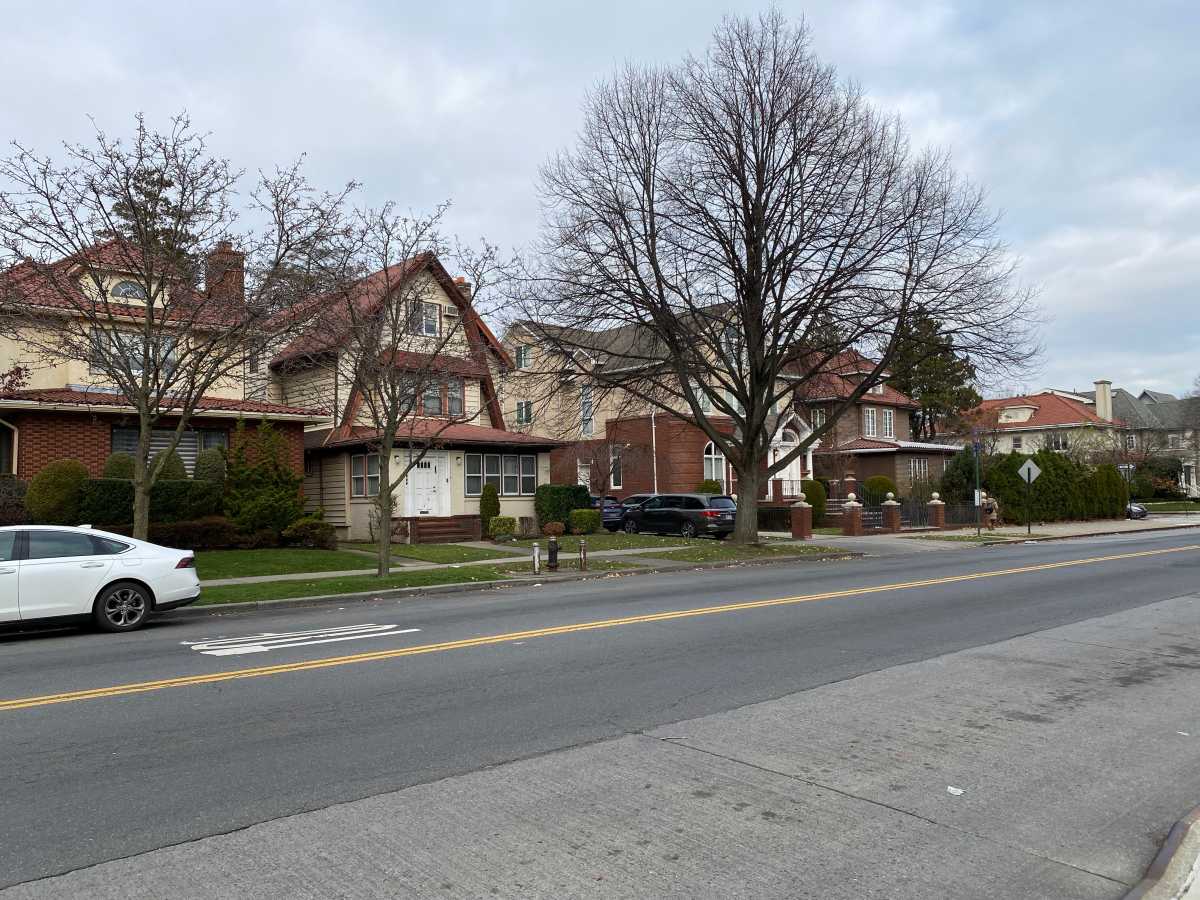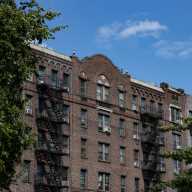The fight to stop the Bruce Ratner’s Atlantic Yards mega-development
has moved to the courts.
On Wednesday, a coalition of Brooklyn block associations and landowners
sued the developer and the state Economic Development Corporation, alleging
that the state had no right to allow Ratner to demolish six buildings
within the project’s footprint while his plans are still under environmental
review — essentially, beginning work on the 24-acre development before
officials approved it.
“We believe that the demolition of the buildings before the completion
of the [environmental review] process is a violation of the law,”
said Jeff Baker, attorney for the plaintiffs.
Baker said the demolition work will promote and predetermine the outcome
of the environmental review.
ESDC, the project’s lead agency, greased up Ratner’s wrecking
ball after the developer argued that the six buildings were on the verge
of collapse — a position supported by LZA Engineers, a firm hired
by Ratner.
The state approved the demolition on the grounds that such work is legal
if the buildings present an imminent threat to public safety.
But the plaintiffs charge that said buildings are not a hazard, and that
ESDC broke the law by relying solely on the LZA report.
In addition, the suit claims that ESDC’s approval of the demolition
was compromised by the fact that the lawyer who approved the razing of
the buildings had previously worked for Ratner.
“It is deeply troubling that the state agency charged with an objective
review of the proposal is represented by Ratner’s lawyer; it throws
the entire review process into question,” said Develop Don’t
Destroy Brooklyn (DDDB) spokesperson Daniel Goldstein, who lives in a
condo facing the rail yards that Ratner proposes to tear down to make
way for his $3.5-billion arena, residential and commercial development.
Goldstein is a plaintiff in the case.
Baker, the DDB lawyer, said he has known the ESDC lawyer, David Paget,
for decades in the close-knit cadre of environmental lawyers.
That’s why he was surprised when he discovered Paget, who had recently
been Forest City Ratner’s lawyer, was suddenly working for the state.
Paget didn’t return calls from The Brooklyn Papers, and Forest City
Ratner and the ESDC refused to comment on the Paget portion of the plaintiff’s
suit.
The lawsuit came with ample warning. In
December, City Councilmember Letitia James (D-Prospect Heights) asked
Ratner to allow her to inspect — with her own engineer — the
six buildings. The developer agreed – only to withdraw the invitation
two days later.
The stand-off convinced Ratner opponents that the developer was trying
to pull a fast one.
“If demolition is allowed to continue, community participation in
the process will end because people will see the buildings come down and
believe a decision has already been made,” said Candace Carpenter,
a lawyer who is chair of DDDB’s legal committee.
“We have to fight this to protect the process.”
A spokeswoman for Forest City Ratner disagreed, saying that the demolitions
have no larger significance, and that the developer is merely trying to
protect public safety.
“We believe this suit is all about creating delay tactics,”
the spokeswoman, Lupe Todd, said in a statement.
“LZA, one the city’s leading engineering firms, found these
buildings to be ‘extremely dangerous’ and to pose an ‘immediate
threat to life, health and property.’”
ESDC spokeswoman Deborah Wetzel said the agency will “vigorously
defend the lawsuit.” She refused to comment on whether the state
agency would review whether Paget violated any internal policies with
his revolving door employment.
For one plaintiff in the suit, the legal battle against Ratner is personal.
Henry Weinstein, who owns a piece of land on which one of the six buildings
sits, told The Brooklyn Papers that he joined the lawsuit simply “to
prevent [Ratner] from violating my property and building his project on
my property.” .
























